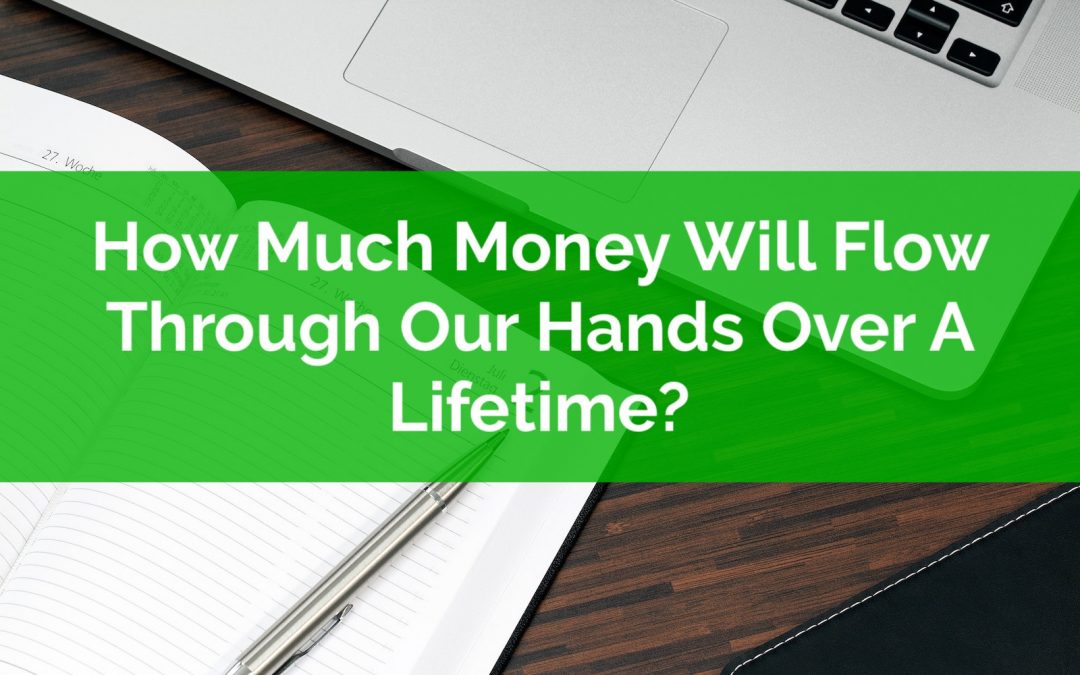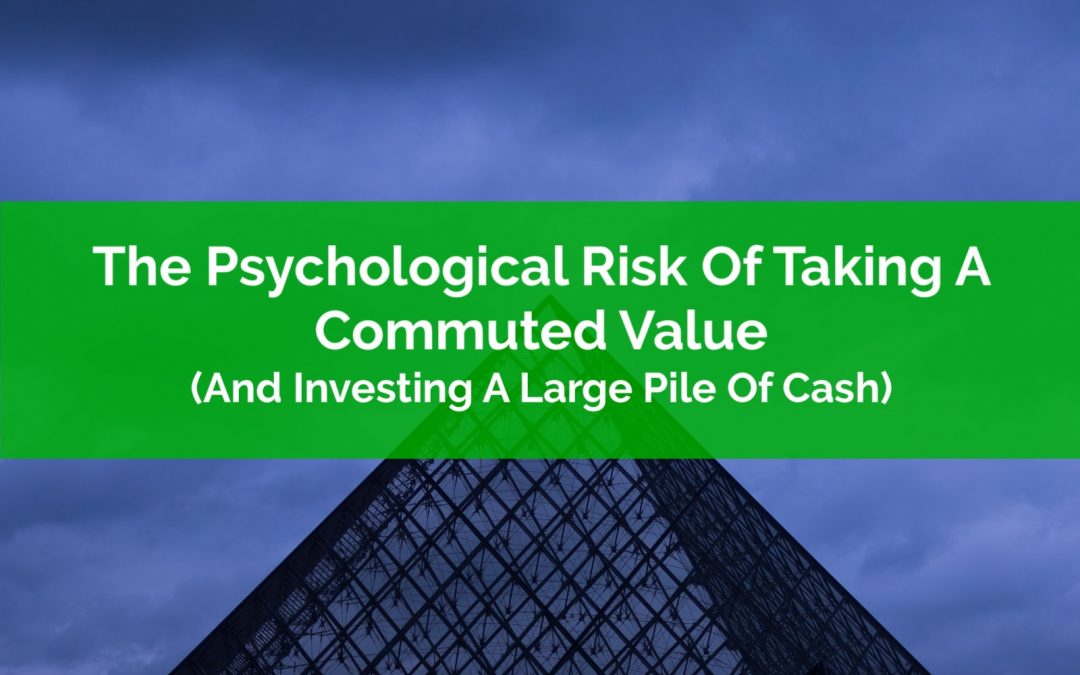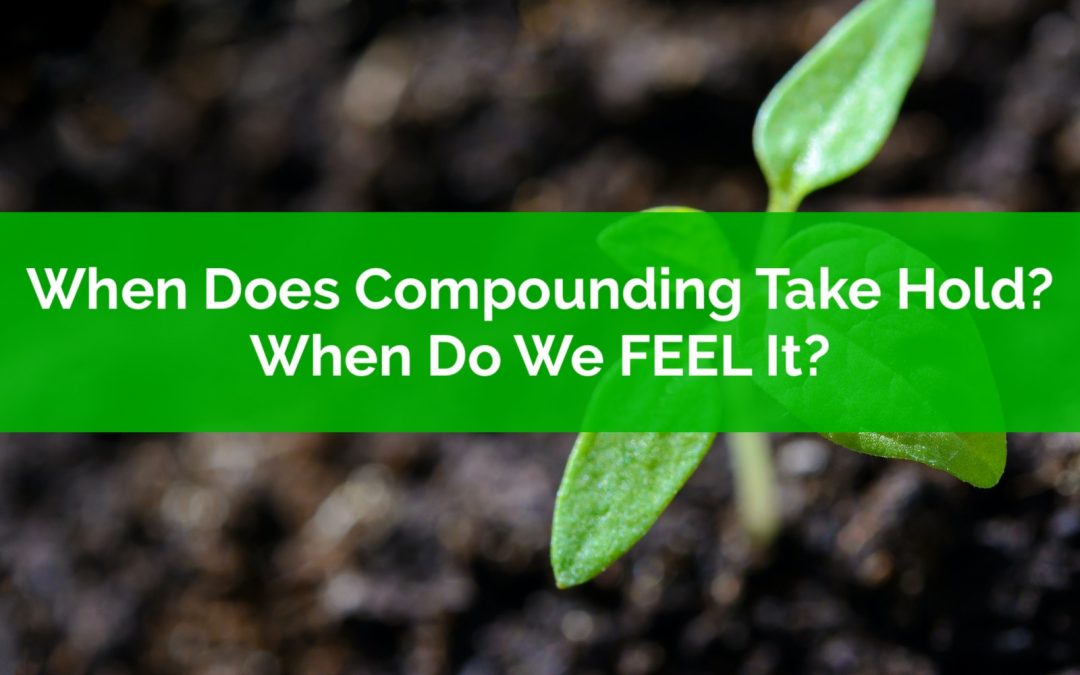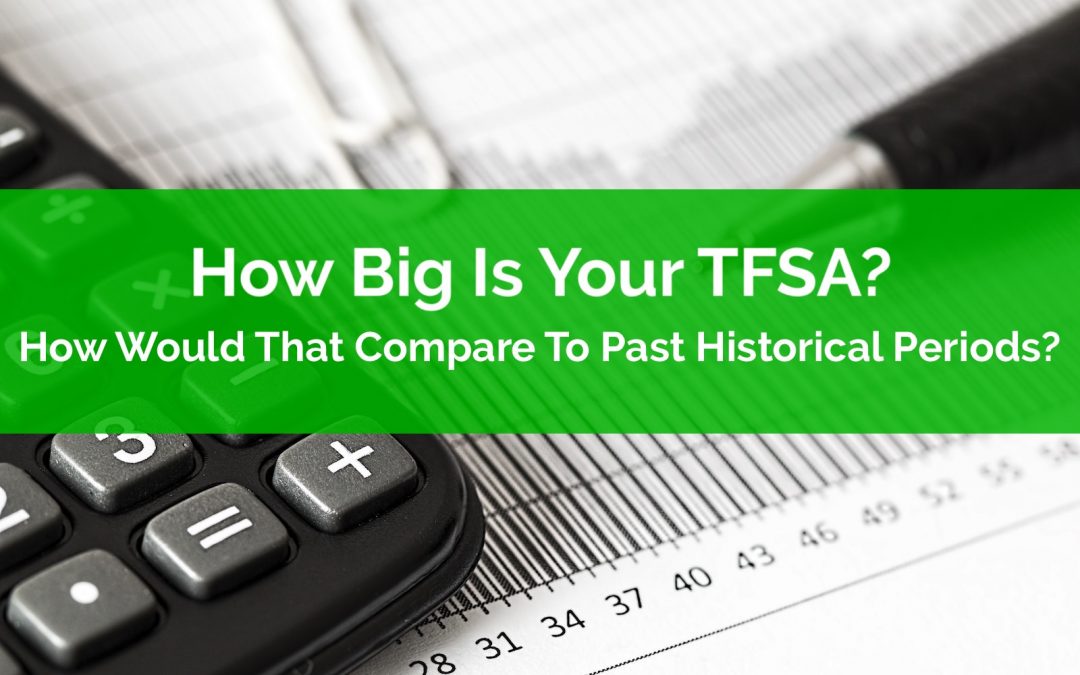
by Owen | Jun 21, 2021 | Behavioral Finance, Investment Planning
In general, there are two types of investing, passive investing, and active investing. Passive investing means purchasing broad index funds that will match market returns at the lowest possible cost. It means focusing on the aspects of investing that are directly in the investors control like investment fees, asset allocation, and diversification.
Active investing, on the other hand, means purchasing specific investments with the hope of outperforming the market over the long run. Active investing can be very appealing and very exciting, but it has its risks. When you’re an active investor there is the possibility of beating the market return and growing your portfolio substantially over time, but there is also the possibility of losing everything.
The issue with active investing is that it generally doesn’t deliver. After investment fees, time, effort etc., the active investment portfolio typically does not outperform the market. In fact, individual investors are known to be very poor active investors, trying to time the market, putting all their eggs in one basket, taking on too much risk etc. etc.
As we’ll see, even the pros don’t have a great track record with active investing. Over a long period of time the majority of actively managed funds fail to outperform their passive peers.
Despite the risk of lower returns, active investing is still very appealing for many investors.
So how do you get the benefit of passive investing with its low fees, high diversification, more consistent returns, and still have a bit of fun with active investing?
The solution is to allocate a small portion of your portfolio to active investing. Basically, the idea is to create your own personal “hedge fund” with a portion of your portfolio. It’s a small amount of money which can be more actively managed without risking your entire nest egg. But how do you do this properly and without risking the rest of your portfolio?

by Owen | May 31, 2021 | Behavioral Finance, Budgeting, Investment Planning, Saving Money
One amazing thing to consider about personal finances is the sheer amount of money that will flow through our hands over a lifetime.
Knowing how much money we’ll touch over a lifetime provides a very good incentive to get better at managing income and spending, to learn more about investing, to understand how income tax works etc. etc.
Given the amount of money we’ll handle over a lifetime, learning more about personal finances will pay dividends over many years. If you’re able to manage money well, then you’ll have a life that is free from financial stress (for the most part, it’s never possible to completely avoid financial stress).
Because of the sheer amount of money that will flow through our hands over a lifetime even a small positive change can have a significant effect.
So how much money will we “touch” over a lifetime… is it $500,000? $1,000,000? $2,000,000? $5,000,000? You might be surprised…

by Owen | Apr 19, 2021 | Behavioral Finance, Buying A Home, Financial Planning
Credit reporting has turned into a multi-billion-dollar business but getting your credit report doesn’t have to be expensive, in fact, you can get a free credit report mailed to you once per year and all it takes is just 5-minutes.
A credit report represents all your recent credit history, mortgages, credit cards, vehicle loans, lines of credit, and even some bill payments. It’s often referred to as a “consumer disclosure” or “credit file disclosure” but most people call it a credit report.
Every piece of debt you’ve recently owned (even if paid off or closed) should be represented on your credit report. It will also capture your current and past addresses, phone numbers, even employers.
In today’s world your credit report is very important. It directly impacts your ability to qualify for new debt. Plus, it often gets pull as part of a thorough background check. It can also help identify fraud and identity theft early on, limiting the damage.
Your credit report is so important that it’s a good idea to check and review it on a regular basis.

by Owen | Mar 8, 2021 | Behavioral Finance, Investment Planning, Retirement Planning
When leaving an employer, or when transitioning into retirement, those with a defined benefit pension will have a difficult decision to make… take a lifetime pension? Or take a commuted value?
A commuted value is essentially the current value of those lifetime pension payments in one large lump sum. The commuted value is an amount that is determined to be equal to the lifetime of payments that a pension would provide. It’s calculated by the pension actuaries and can easily be several $100,000 or even $1,000,000+
With interest rates at historical lows, the commuted value of a pension can easily be $1,000,000+ for those at retirement age. Low interest rates will push up the size of a commuted value, which is partially driven by an assumed rate of return, and right now interest rates are at historical lows.
This creates a very large psychological problem; how do you invest all that cash?
In particular, when do you invest it? Do you invest it all at once as a large lump sum? Or do you invest it in smaller increments over a period of time?
If invested all at once, that commuted value could drop dramatically if markets experience a correction in the near future.
If invested later, that commuted value could miss out on a large increase in value during a period of growth.
The indecision around how to invest a large amount of cash can cost tens of thousands of missed investment gains, or it can cost hours of lost sleep and feelings of stress. It’s not something to be taken lightly.
Investing a large lump sum is a daunting experience even for the most seasoned investor.

by Owen | Jan 18, 2021 | Behavioral Finance, Financial Planning, Investment Planning, Saving Money
Technically compounding begins with the first dollar, but when does compounding exactly take hold, when do we really start to FEEL the effect of compounding?
Compounding is almost like magic. It turns even the smallest amount of money into millions if given enough time.
Ben Franklin bequeathed $2,000 to the cities of Boston and Philadelphia in his will BUT with the stipulation that they could not draw on the investments for 200-years. The original amount has compounded over 200-years from $2,000 to $6.5 million!
But do you have to wait for 200-years to feel the effect of compounding? Definitely not.
The effect of compounding can be SEEN almost immediately but to really FEEL the effect of compounding takes at least a few years, plus, as well see below, it also depends on the rate of investment return.

by Owen | Jan 4, 2021 | Behavioral Finance, Financial Goals, Investment Planning
As of January 1st, everyone in Canada over the age of 18 has the chance to add another $6,000 to their TFSA. If you were 18 or older in 2009 your total original contribution room would be $75,500.
But that’s just contribution room, what about investment growth?
With investment growth where would a TFSA be? How much would it be worth? And how would that compare to other historical periods?
Let me preface this post by saying I don’t like to compare personal finances. Everyone’s path is different and it’s impossible to compare apples to apples. Even in the same financial situation everyone values money differently and therefore two people with the exact same income, assets, debts etc will have very different financial plans, part of the reason why financial planning is so important, and also so interesting.
That being said, in this post we’re going to compare hypothetical TFSA balances of today with those of the past. We’ve had a great “bull run” over the last 10+ years but what would it look like if we had different set of returns? What if we looked at the best periods and the worst periods in recent history to compare how the last 10+ years stacked up?
The TFSA has been around since 2009. Each year, once you reach age 18, you accumulate TFSA contribution room. In 2021, someone who was 18 or older in 2009 would have $75,500 in original contribution room. But with investment growth where would the actual balance be?
What do you think the top 5 and bottom 5 historical periods would be? And how do you think they’d compare with the last 10+ years?
Page 6 of 12«...45678...»






